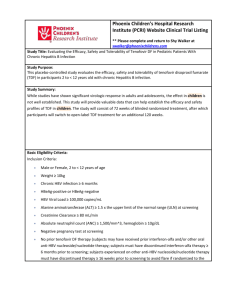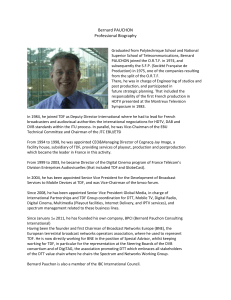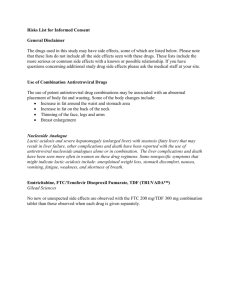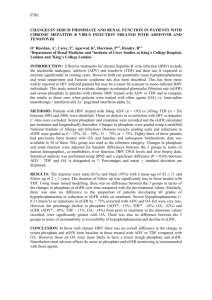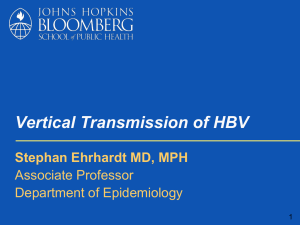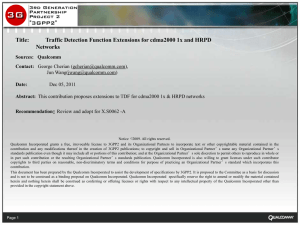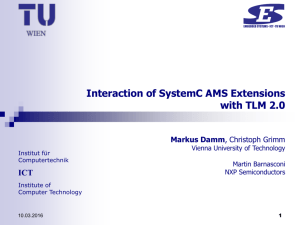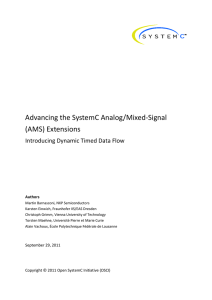Оценка показаний, начало и дальнейшее
advertisement
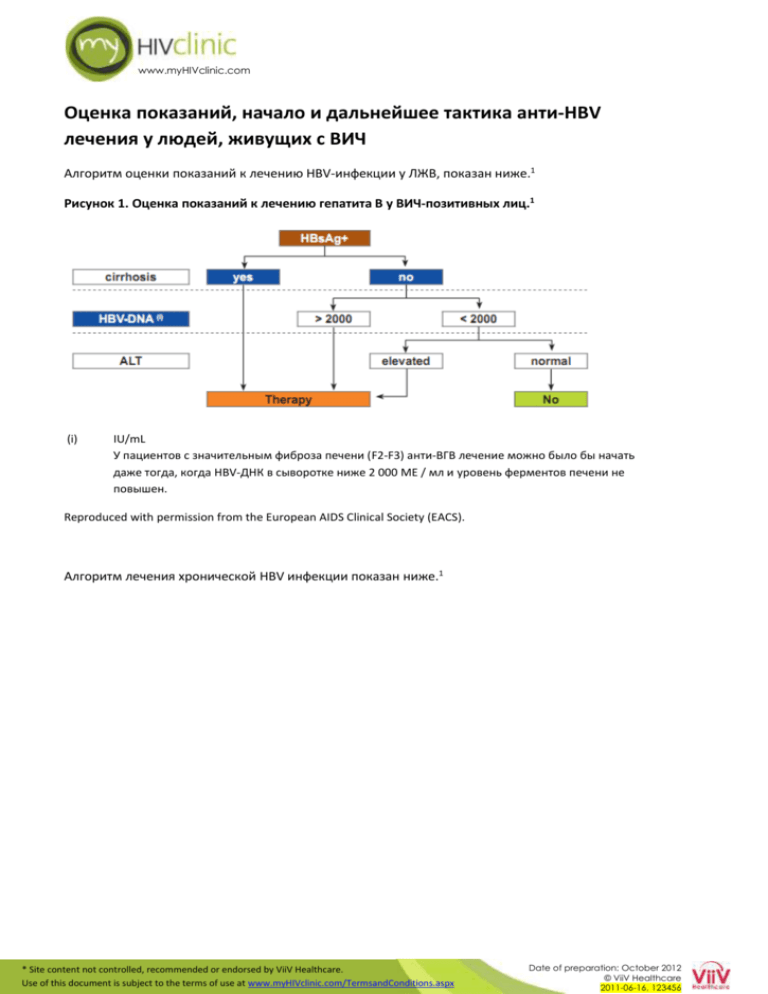
www.myHIVclinic.com Оценка показаний, начало и дальнейшее тактика анти-HBV лечения у людей, живущих с ВИЧ Алгоритм оценки показаний к лечению HBV-инфекции у ЛЖВ, показан ниже.1 Рисунок 1. Оценка показаний к лечению гепатита В у ВИЧ-позитивных лиц.1 (i) IU/mL У пациентов с значительным фиброза печени (F2-F3) анти-ВГВ лечение можно было бы начать даже тогда, когда HBV-ДНК в сыворотке ниже 2 000 МЕ / мл и уровень ферментов печени не повышен. Reproduced with permission from the European AIDS Clinical Society (EACS). Алгоритм лечения хронической HBV инфекции показан ниже.1 * Site content not controlled, recommended or endorsed by ViiV Healthcare. Use of this document is subject to the terms of use at www.myHIVclinic.com/TermsandConditions.aspx Date of preparation: October 2012 © ViiV Healthcare 2011-06-16, 123456 www.myHIVclinic.com Рисунок 2. Лечение хронической HBV инфекции у ВИЧ-позитивных лиц.1 i. Cirrhotic patients should be referred for variceal assessment, have regular HCC monitoring and be referred early for transplant assessment. Patients with liver cirrhosis and low CD4-counts require careful surveillance in the first months after starting ART in order not to overlook immune-reconstitution syndrome and subsequent liver decompensation due to flares of liver enzymes. ii. See the ‘clinical management and treatment of chronic hepatitis B and C coinfection in HIV-infected adults’ section of the EACS guidelines for assessment of HBV Rx indication. Some experts strongly believe that any HBV-infected patient requiring ART should receive TDF + 3TC or FTC unless history of TDF intolerance, particularly in HIV/HBV coinfected patients with advanced liver fibrosis (F3/F4). TDF administration should be adapted to creatinine clearance if necessary. Antiretroviral naive Asian, HBeAg+, HIV-coinfected patients initiating ART with TDF or TDF+FTC reached unexpected high rates of HBe (and even HBs) seroconversion, strengthening the rationale for early ART. iii. If a patient is unwilling to go on early ART, adefovir and telbivudine may be used as an alternative to control HBV alone. A case report suggested possible anti-HIV activity of telbivudine. In-vitro data using an assay which was able to demonstrate anti-HIV activity of entecavir, however, failed to detect an influence of telbivudine on the replicative capacity of HIV-1. In patients with HBV genotype A, high ALT and low HBV-DNA, PegIFN might be used for a total length of 48 weeks. Recent data suggests that ontreatment quantification of HBsAg in patients with HBeAg-negative chronic hepatitis B treated with Peg-IFN may help identify those likely to be cured by this therapy and optimize treatment strategies. The optimal treatment duration for nucleos(t)ide analogues with anti-HBV activity has not yet been determined and experts recommend life-long therapy if anti-HBV nucleos(t)ides are given as part of ART. With patients not requiring ART and on treatment with telbivudine +/- adefovir, or those on ART where nucleoside backbone needs changing, anti-HBV therapy may be stopped cautiously in HBeAg+ patients who have achieved HBe-seroconversion for at least six months or after confirmed HBs-seroconversion in those who are HBeAg-. In patients with liver cirrhosis, a stop of effective anti-HBV treatment is not recommended in order to avoid liver decompensation due to flares of liver enzymes. iv. In some cases of TDF intolerance (i.e. renal disease), TDF in doses adjusted to renal clearance in combination with effective ART may be advisable. If TDF is strictly contra-indicated, entecavir + adefovir may be tried and efficacy closely monitored, or TDF in doses adjusted to renal clearance in combination with effective ART may be advisable. NRTI substitution should only be performed if feasible and appropriate from the perspective of maintaining HIV suppression. Caution is warranted to switch from a TDF-based regimen to drugs with a lower genetic barrier, e.g. FTC/3TC, in particular in lamivudine-pretreated cirrhotic patients as viral breakthrough due to archived YMDD mutations has been observed. This has also been described in individuals with previous 3TC HBV-resistance who have been switched from TDF to entecavir. The addition of entecavir to TDF in patients with low persistent HBV replication has not statistically proved to be efficient and should therefore be avoided. Results of trials are being awaited. Reproduced with permission from the European AIDS Clinical Society (EACS). References 1. European AIDS Clinical Society (EACS). Guidelines Version 6.0. *Accessed 30 November 2011. * Site content not controlled, recommended or endorsed by ViiV Healthcare. Use of this document is subject to the terms of use at www.myHIVclinic.com/TermsandConditions.aspx Date of preparation: October 2012 © ViiV Healthcare 2011-06-16, 123456
